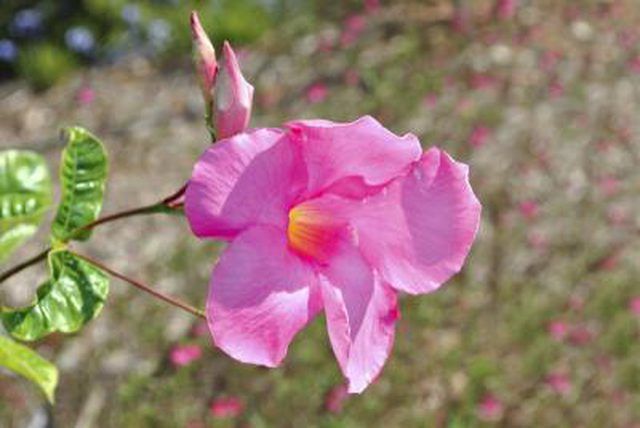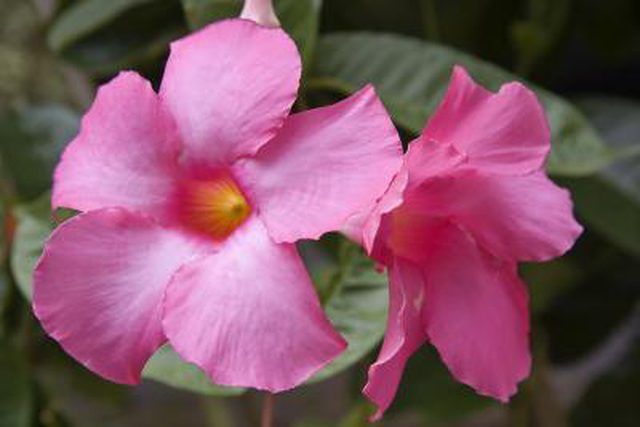Bulbs
Flower Basics
Flower Beds & Specialty Gardens
Flower Garden
Garden Furniture
Garden Gnomes
Garden Seeds
Garden Sheds
Garden Statues
Garden Tools & Supplies
Gardening Basics
Green & Organic
Groundcovers & Vines
Growing Annuals
Growing Basil
Growing Beans
Growing Berries
Growing Blueberries
Growing Cactus
Growing Corn
Growing Cotton
Growing Edibles
Growing Flowers
Growing Garlic
Growing Grapes
Growing Grass
Growing Herbs
Growing Jasmine
Growing Mint
Growing Mushrooms
Orchids
Growing Peanuts
Growing Perennials
Growing Plants
Growing Rosemary
Growing Roses
Growing Strawberries
Growing Sunflowers
Growing Thyme
Growing Tomatoes
Growing Tulips
Growing Vegetables
Herb Basics
Herb Garden
Indoor Growing
Landscaping Basics
Landscaping Patios
Landscaping Plants
Landscaping Shrubs
Landscaping Trees
Landscaping Walks & Pathways
Lawn Basics
Lawn Maintenance
Lawn Mowers
Lawn Ornaments
Lawn Planting
Lawn Tools
Outdoor Growing
Overall Landscape Planning
Pests, Weeds & Problems
Plant Basics
Rock Garden
Rose Garden
Shrubs
Soil
Specialty Gardens
Trees
Vegetable Garden
Yard Maintenance
Are Mandevillas Annuals or Perennials?
Are Mandevillas Annuals or Perennials?. Mandevilla is a woody vine, native to Central and South America. It is a tender perennial, hardy in USDA Zones 9 through 11 and with winter protection in Zone 8. It will not withstand prolonged freezing temperatures but can be overwintered indoors.
Mandevilla is a woody vine, native to Central and South America. It is a tender perennial, hardy in USDA Zones 9 through 11 and with winter protection in Zone 8. It will not withstand prolonged freezing temperatures but can be overwintered indoors.

In USDA Zone 8, where winter temperature minimums fall between 10 and 15 degrees Fahrenheit, mandevilla will often die back to the ground but will regrow in spring from the roots. Mulching will insulate roots and encourage survival.

To overwinter a mandevilla vine, cut back the vine and foliage to a manageable size and pot up plants grown in-ground. Attach remaining vine and foliage to small supports or a trellis and bring indoors. Place in a sunny windowsill and water when the top of the soil feels dry.

By far the most popular perennial mandevilla cultivar is the hybrid Alice du Pont. Noted for its bright pink flowers, it is probably a cross between two species, Mandevilla amabilis and the Brazilian native, Mandevilla splendens.
